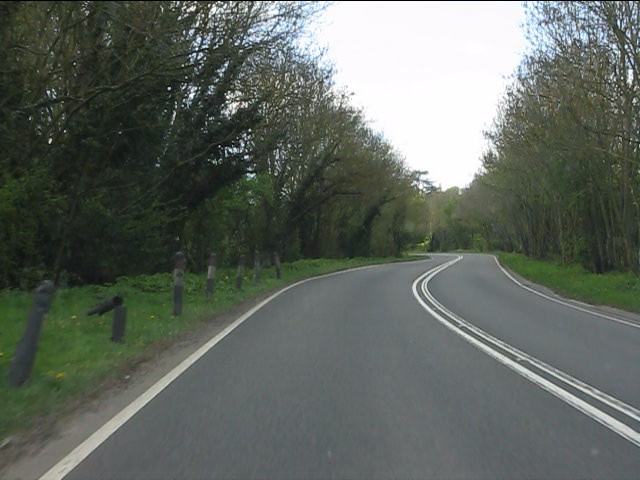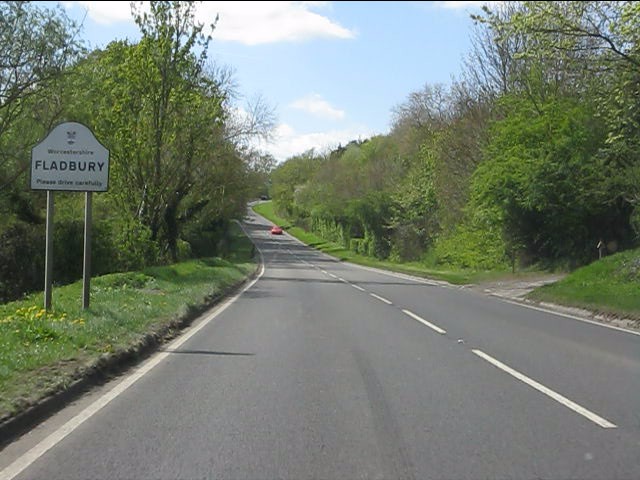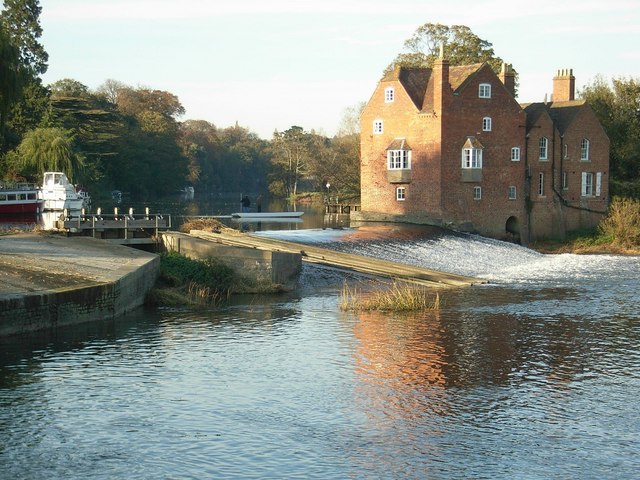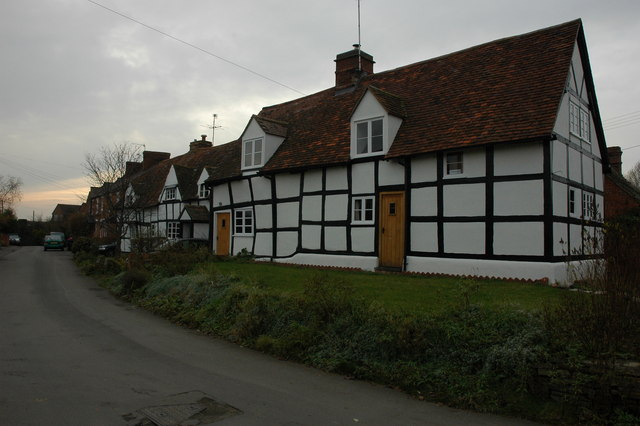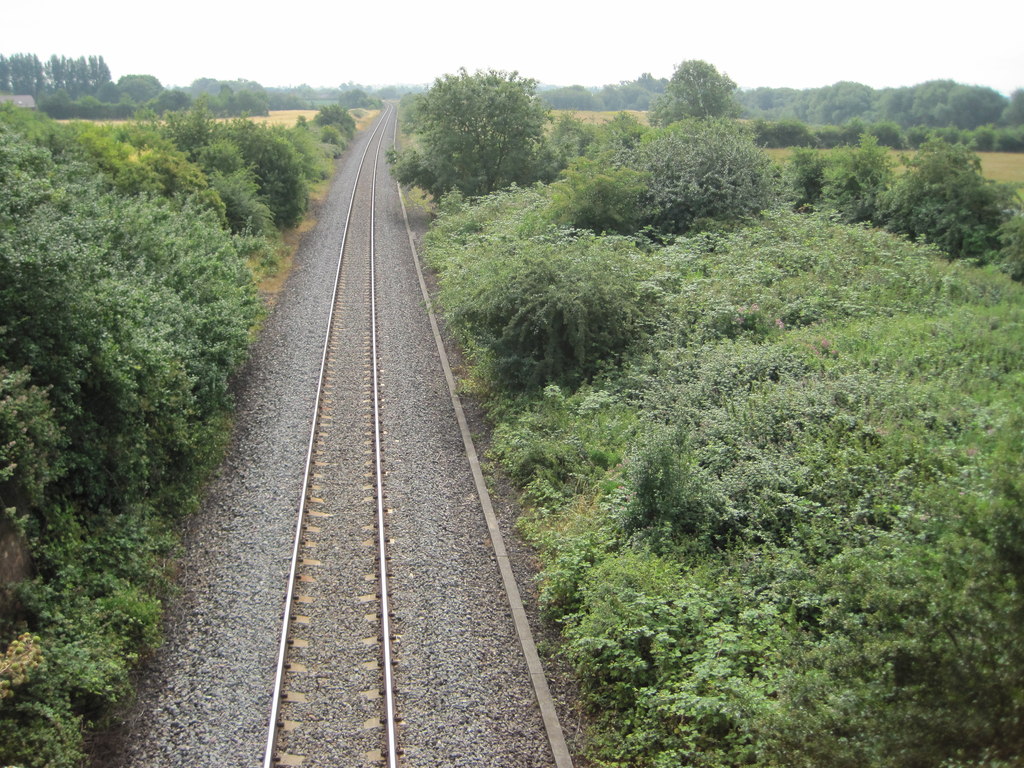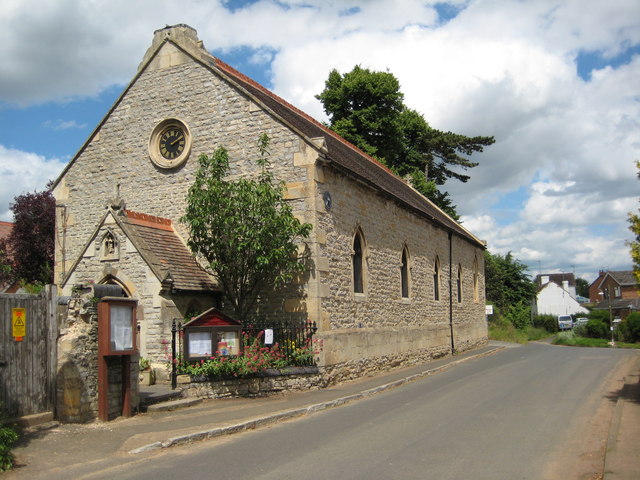Fladbury
Civil Parish in Worcestershire Wychavon
England
Fladbury

Fladbury is a civil parish nestled in the county of Worcestershire, England. Located on the banks of the River Avon, it is a picturesque village known for its idyllic countryside setting and charming historic buildings. Fladbury is situated approximately three miles north-west of Pershore and five miles south-east of Evesham.
The village boasts a rich history dating back to the Saxon era, evidenced by the presence of St. John the Baptist Church, a Grade I listed building, which stands as a testament to Fladbury's heritage. The church features a Norman tower and a stunning 14th-century spire, blending architectural styles from different periods.
Fladbury is renowned for its annual Asparagus Festival, held in May, which celebrates the village's connection to the local asparagus industry. This vibrant event attracts visitors from far and wide, offering a range of activities, entertainment, and, of course, delicious asparagus-based dishes.
Nature enthusiasts will appreciate Fladbury's proximity to the beautiful Fladbury Nature Reserve, a haven for wildlife and a popular spot for birdwatching. The reserve comprises a series of interconnected pools and meadows, providing habitats for various species.
The village itself is characterized by its quaint thatched cottages and timber-framed houses, adding to its rustic charm. Fladbury also offers a range of amenities, including a primary school, a village hall, a local pub, and a community shop, ensuring residents have access to essential services.
Fladbury's tranquil atmosphere, stunning natural surroundings, and rich cultural heritage make it a delightful destination for both residents and visitors seeking a peaceful retreat in the heart of Worcestershire.
If you have any feedback on the listing, please let us know in the comments section below.
Fladbury Images
Images are sourced within 2km of 52.116404/-2.016807 or Grid Reference SO9846. Thanks to Geograph Open Source API. All images are credited.

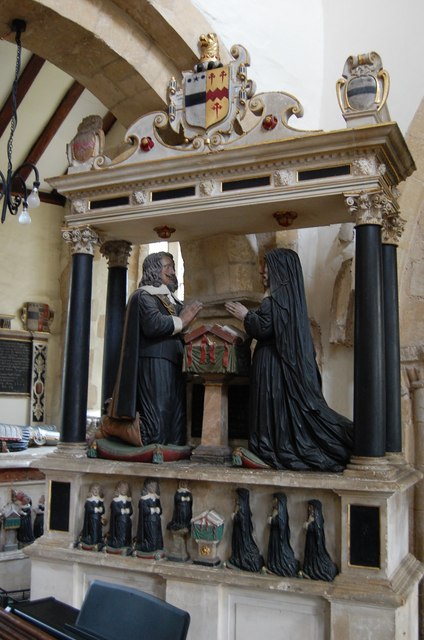






Fladbury is located at Grid Ref: SO9846 (Lat: 52.116404, Lng: -2.016807)
Administrative County: Worcestershire
District: Wychavon
Police Authority: West Mercia
What 3 Words
///snippets.robot.milder. Near Pershore, Worcestershire
Nearby Locations
Related Wikis
Fladbury railway station
Fladbury railway station was a station in Fladbury, Worcestershire, England. The station was opened in 1854 and closed in 1966. == References == ��2�...
Fladbury
Fladbury is a traditional English village located in rural Worcestershire, England. The village was mentioned in the Domesday Book, almost 1,000 years...
Lower Moor
Lower Moor is a village between Wyre Piddle and Fladbury in the district of Wychavon in Worcestershire, England.
Hill and Moor
Hill and Moor is a civil parish in the Wychavon district of Worcestershire, England. It includes the village Lower Moor and the hamlets of Upper Moor...
Cropthorne
Cropthorne is a village and civil parish in Worcestershire, England within the Vale of Evesham, and on the North-west edge of the Cotswolds. It is approximately...
Wyre Halt railway station
Wyre Halt railway station was a station in Wyre Piddle, Worcestershire, England. The station was opened in 1934 and closed in 1966. == References... ==
Charlton, Worcestershire
Charlton is a village in the Wychavon district of the county of Worcestershire, England. During the 2007 United Kingdom floods, many homes were affected...
Cropthorne New Inn Section
Cropthorne New Inn Section is a 0.12-hectare (0.30-acre) geological Site of Special Scientific Interest in Cropthorne in Worcestershire. It is a Geological...
Nearby Amenities
Located within 500m of 52.116404,-2.016807Have you been to Fladbury?
Leave your review of Fladbury below (or comments, questions and feedback).





